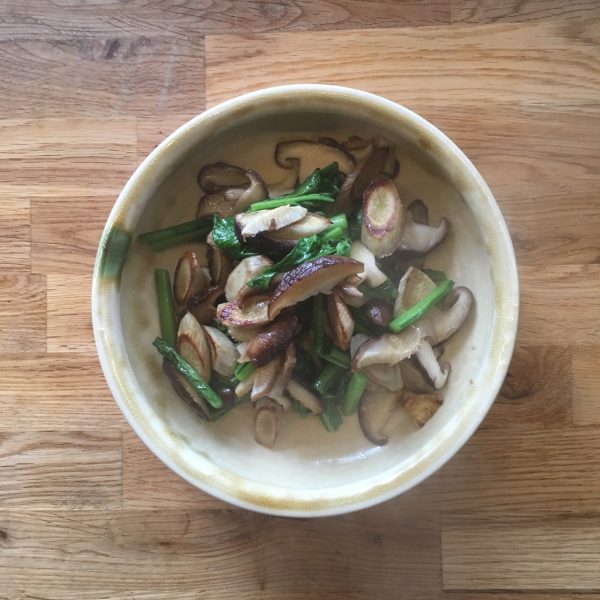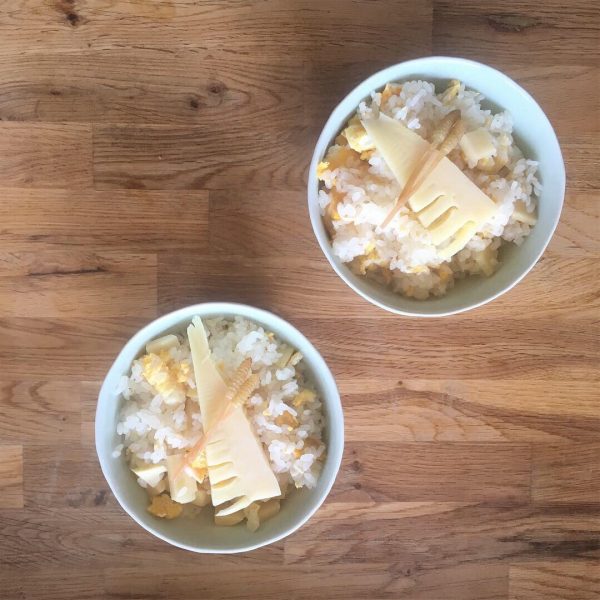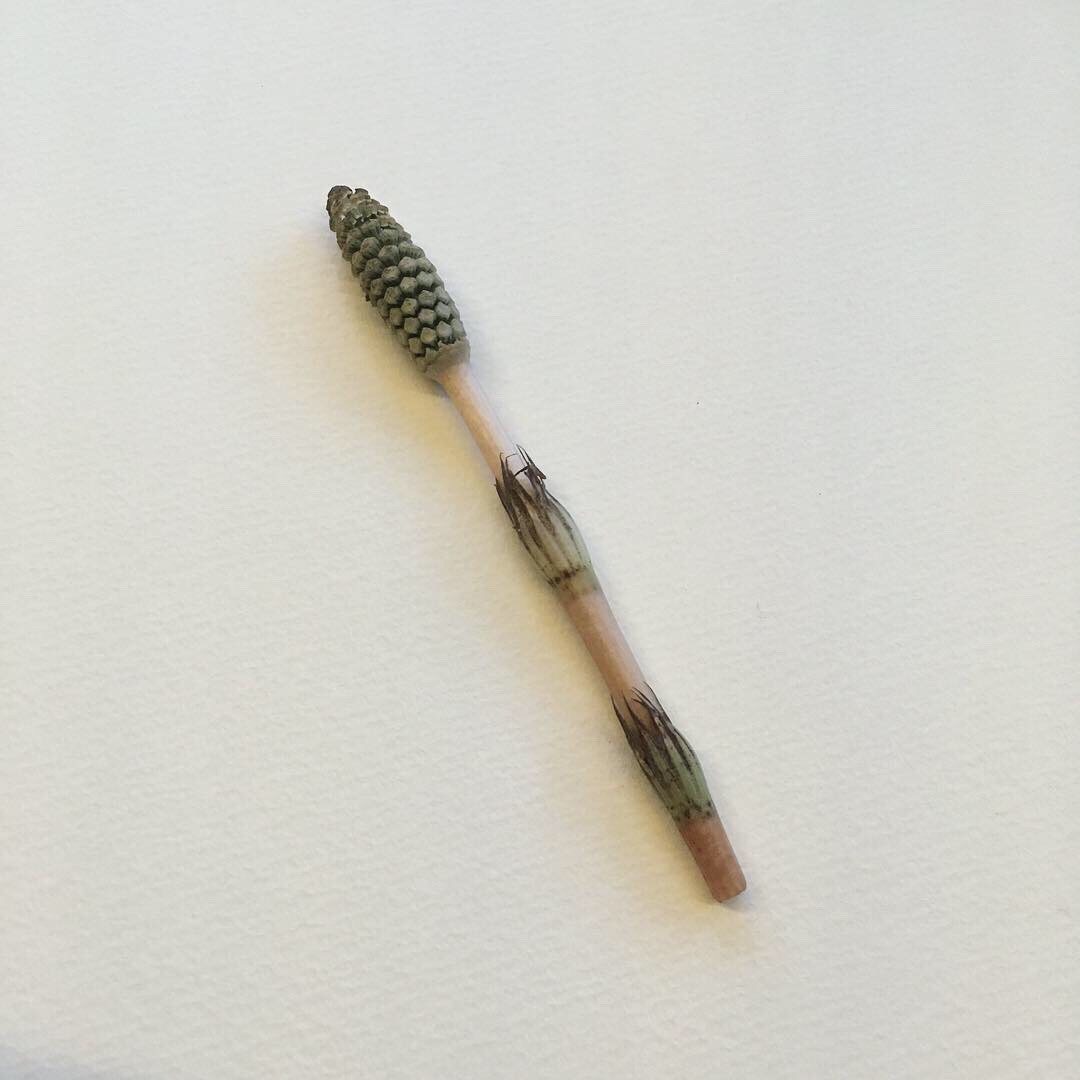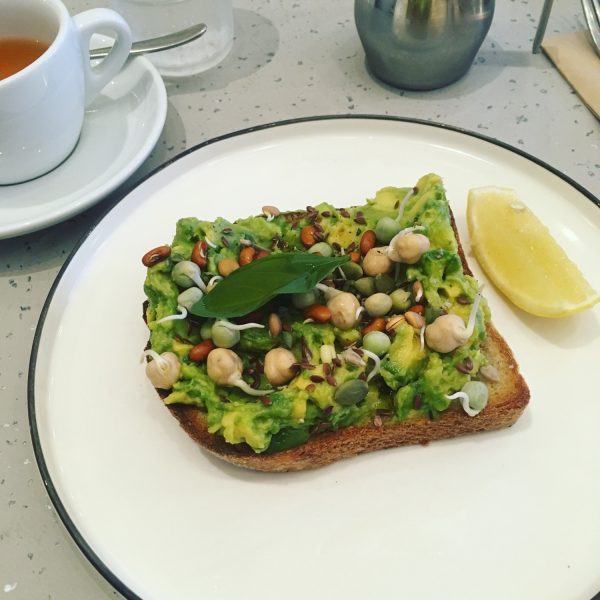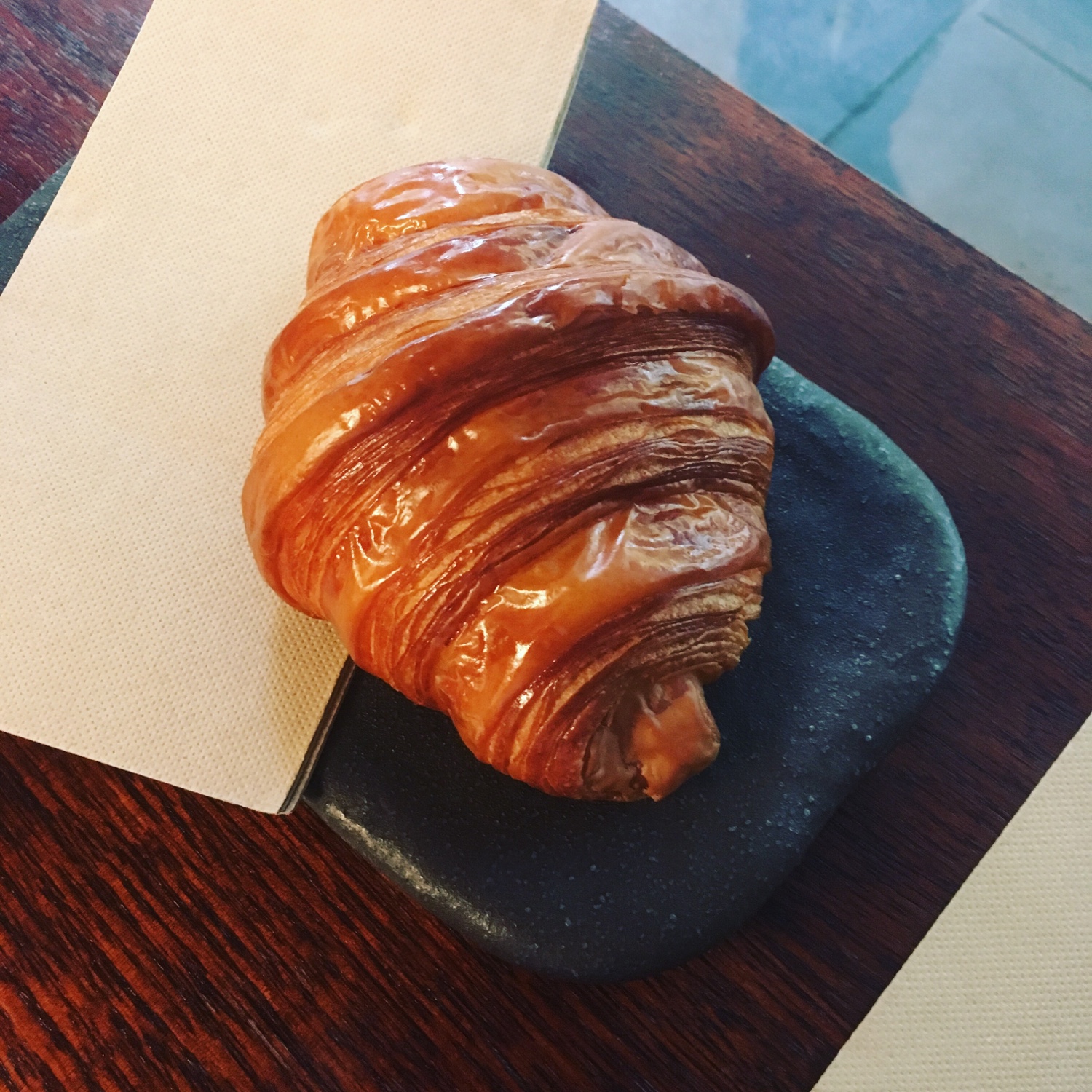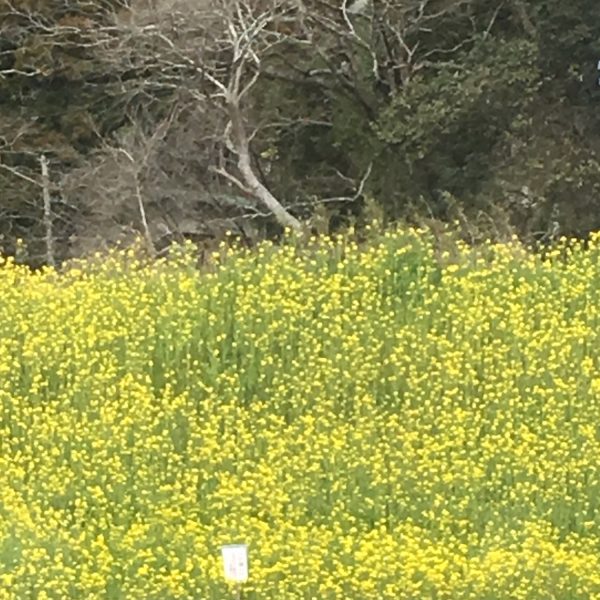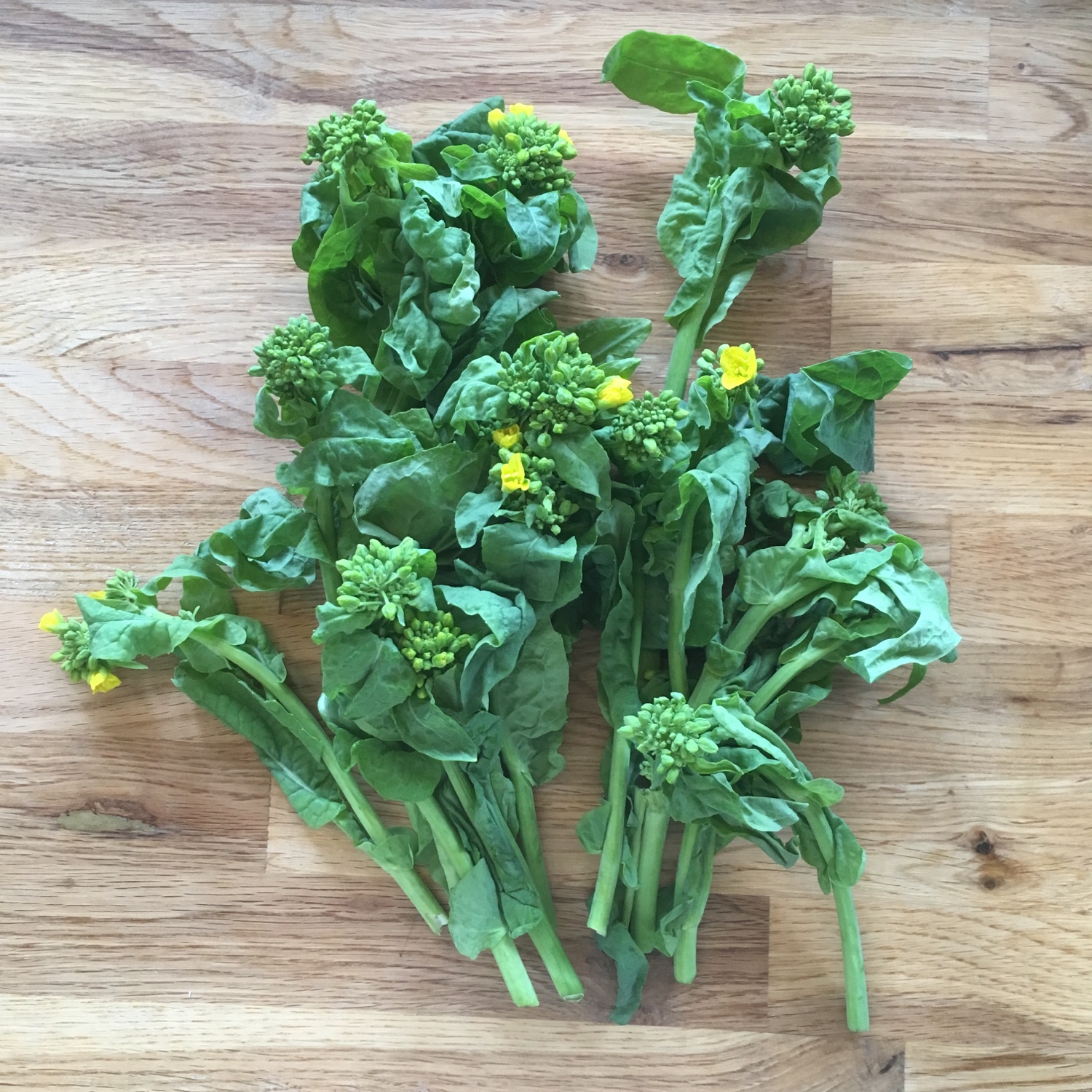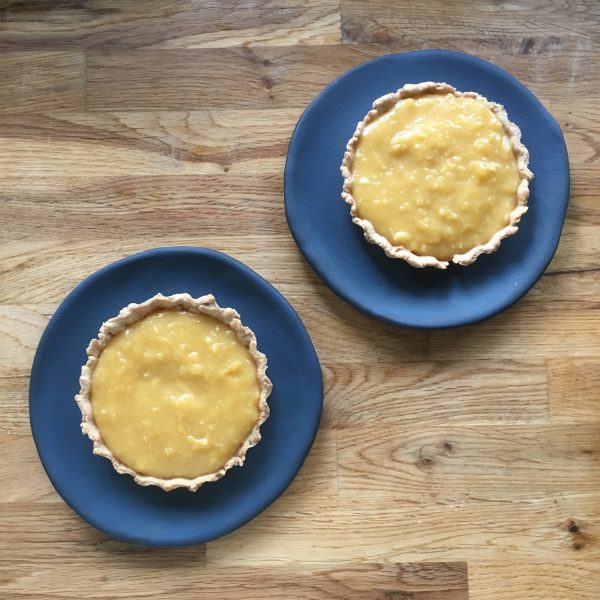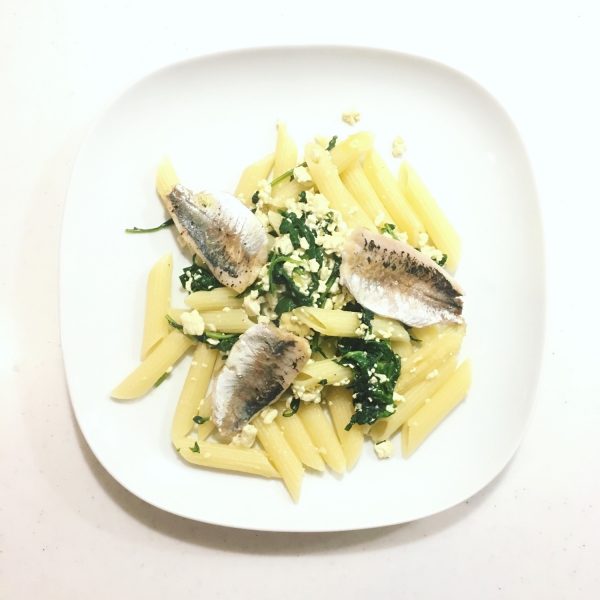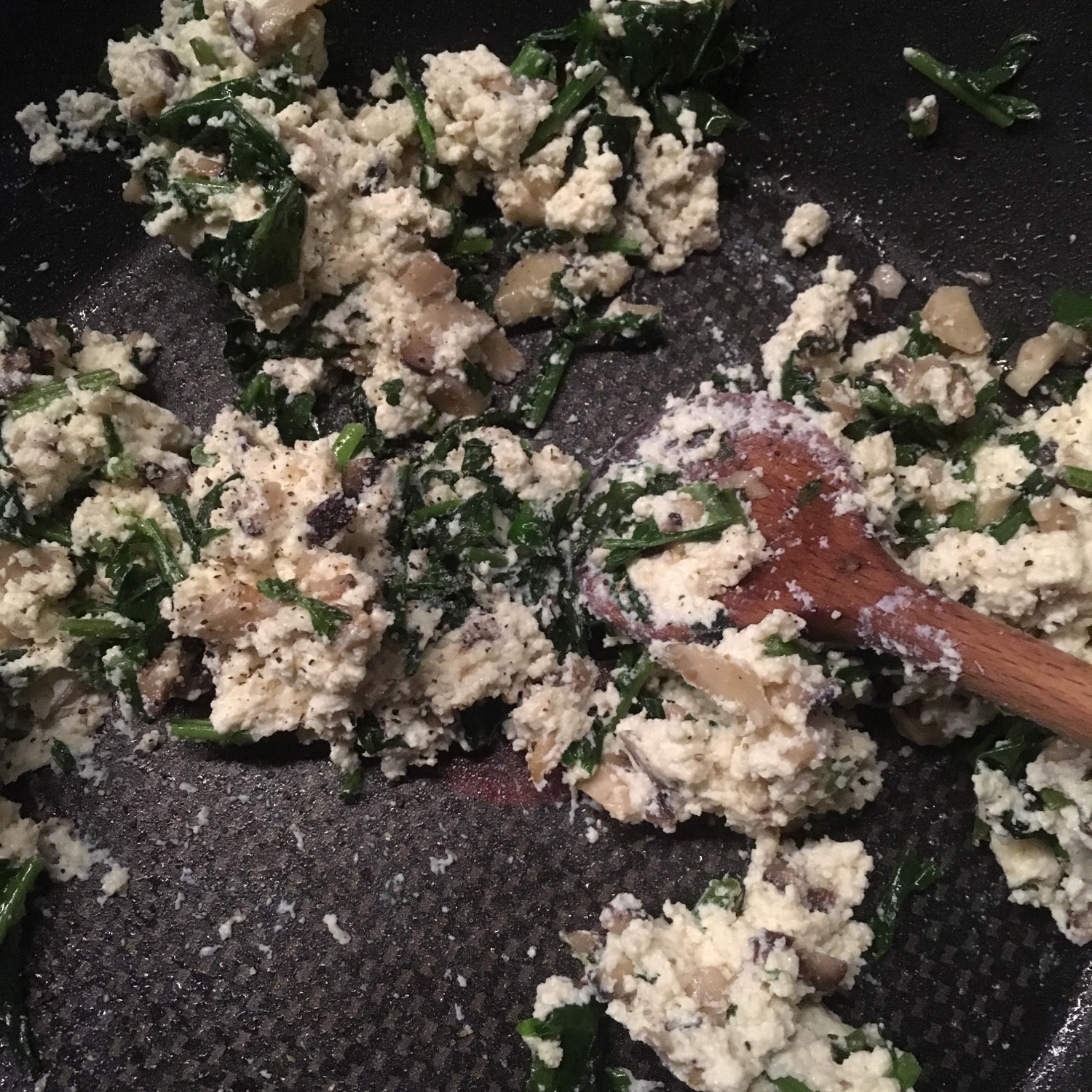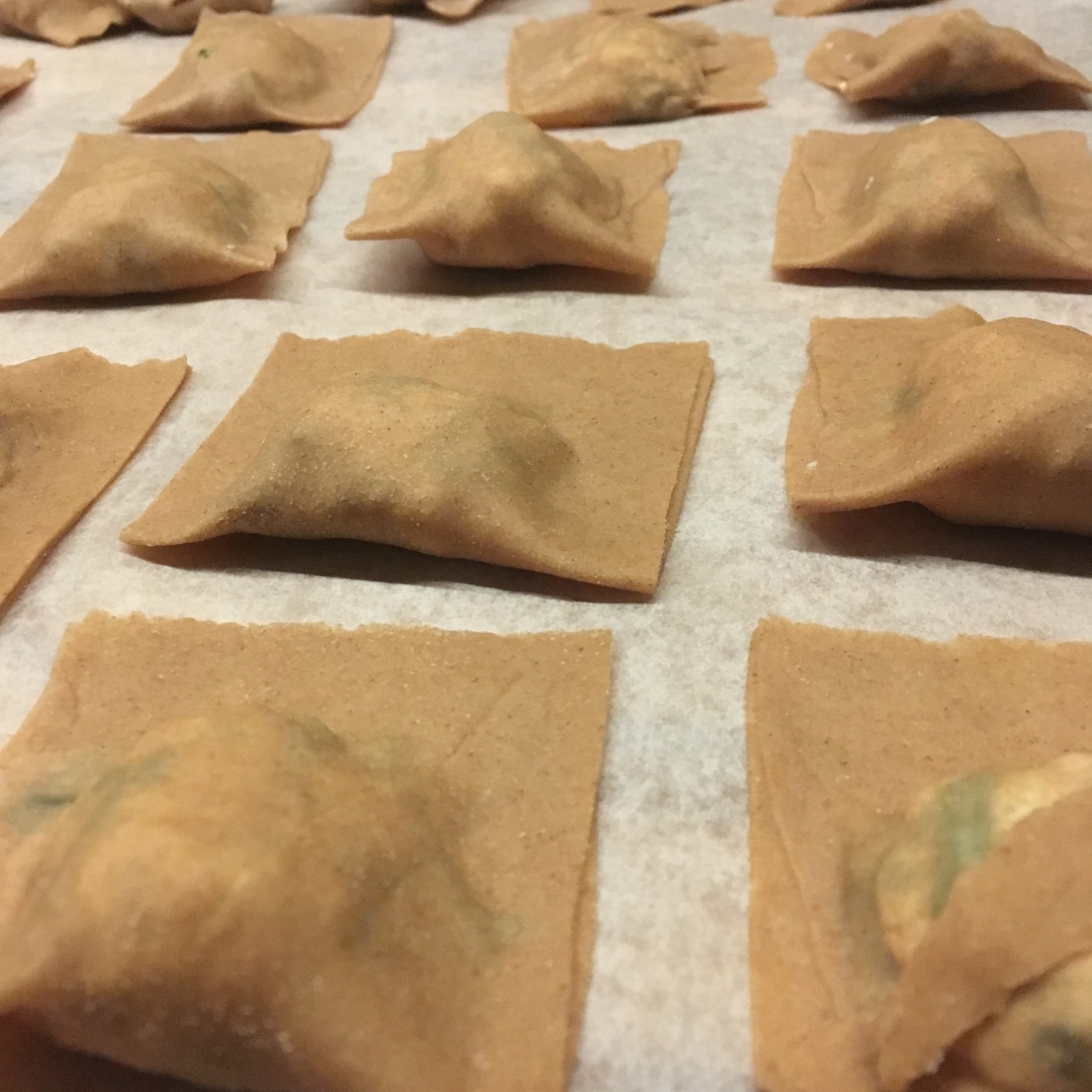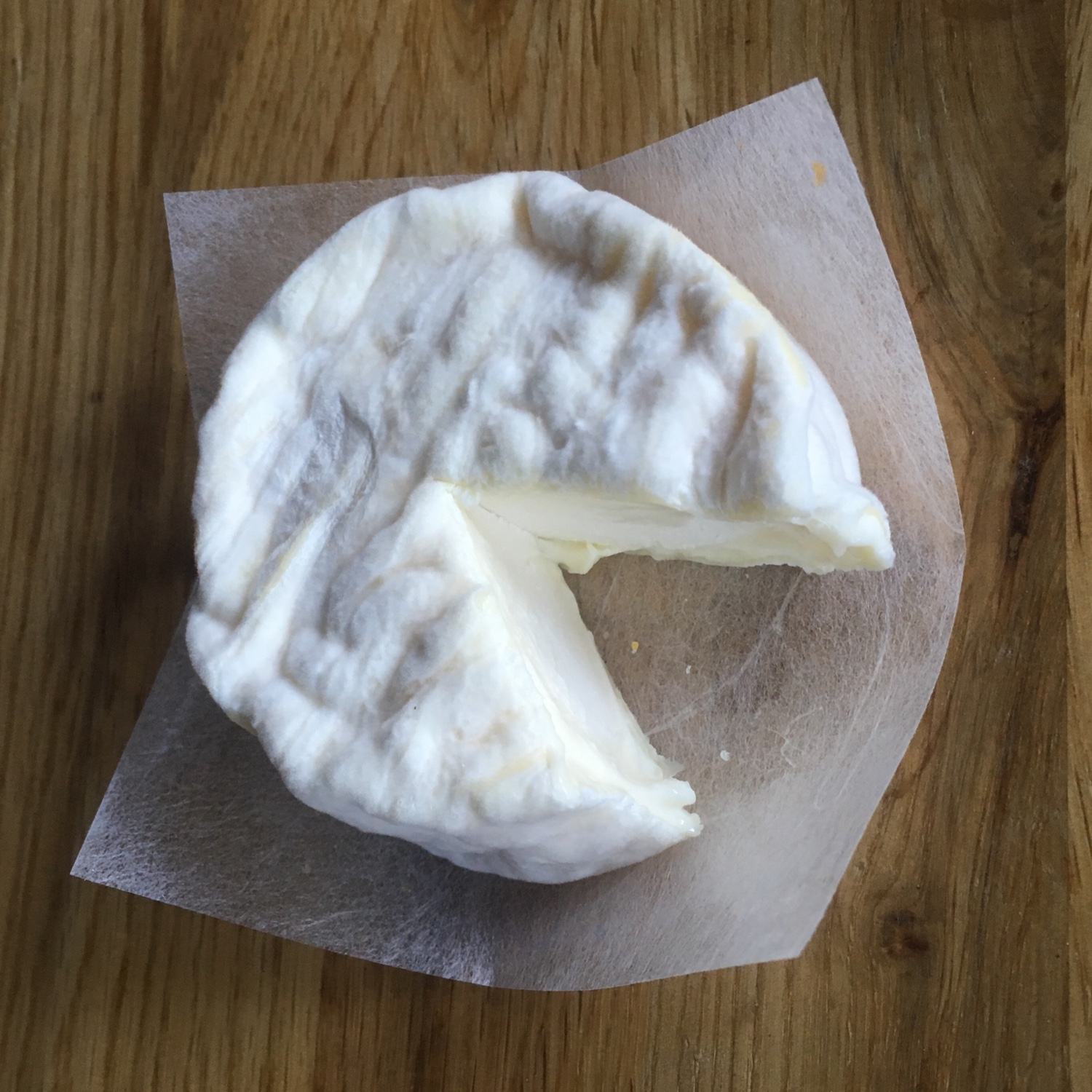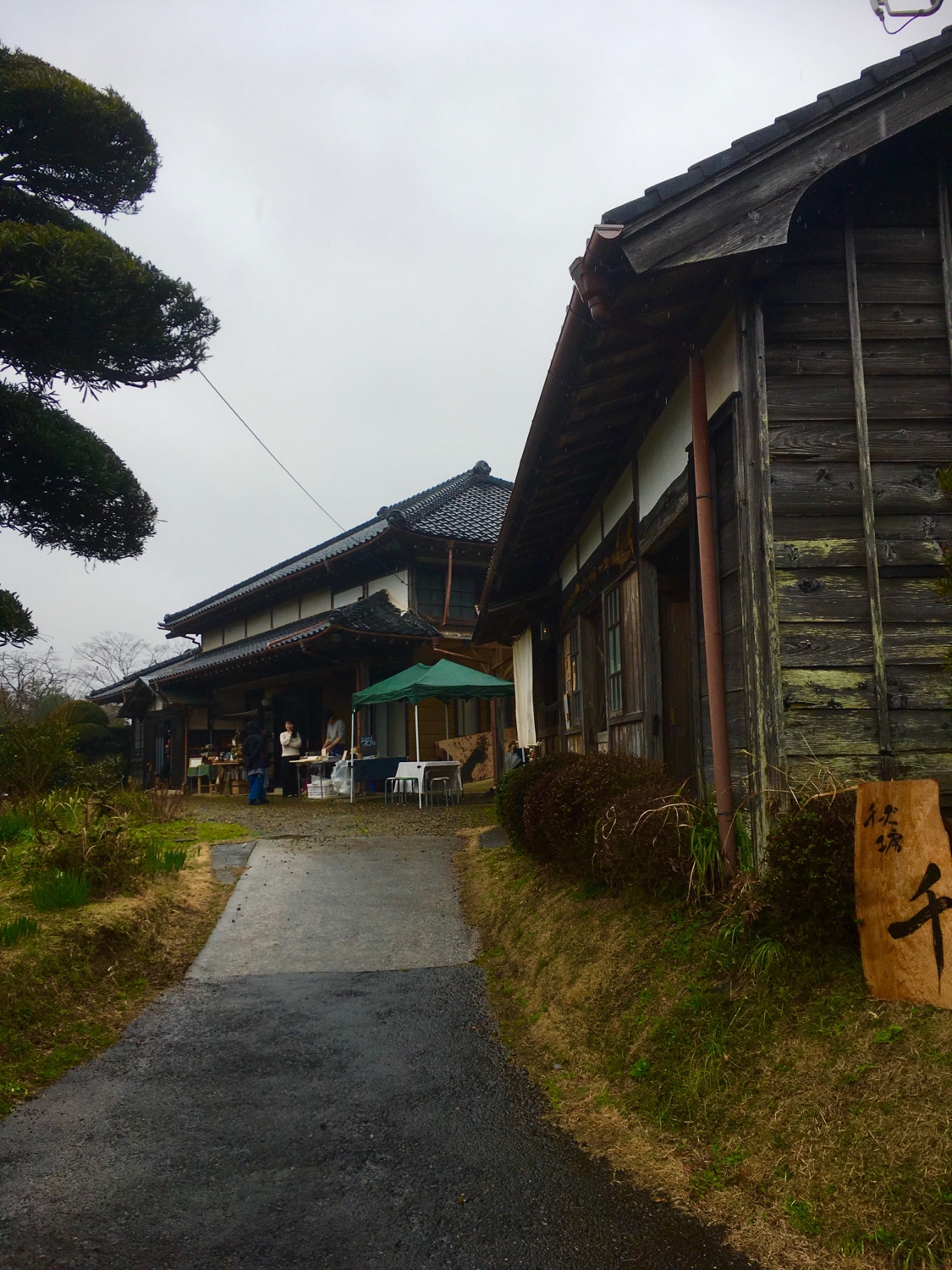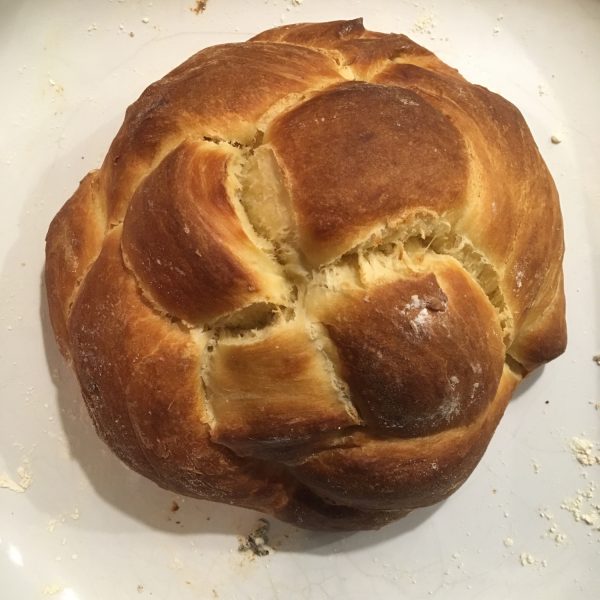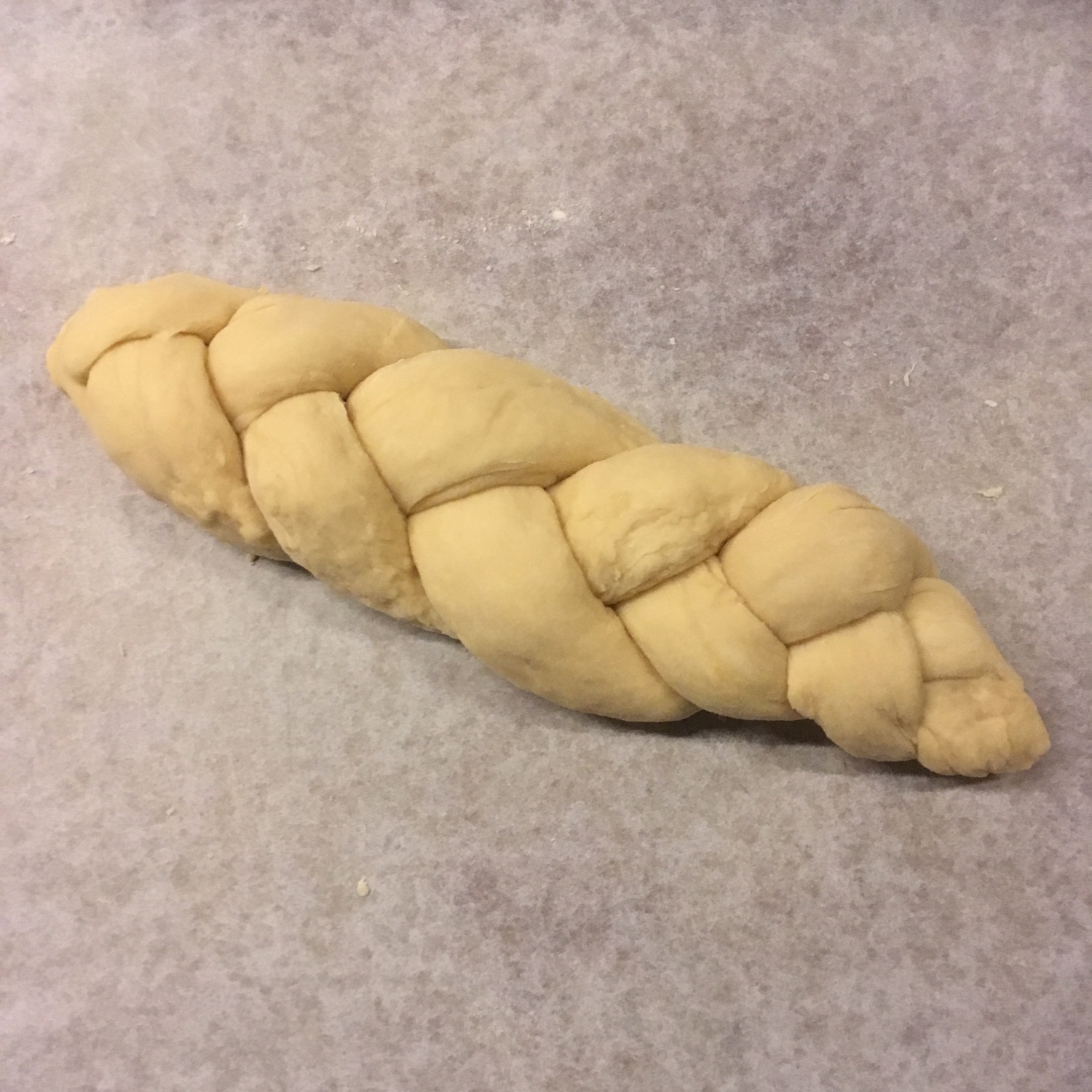There are a few vegetables that are hard to find in Japan and I really love: fennels, artichokes, salsify…
When I first ate burdock (gobo ゴボウ 牛蒡) I was quite surprised with the very peculiar taste, and I realized it was a good alternative for both salsify and artichoke at the same time. This long root looks a lot like salsify, with a lot more fiber and this plus the flavor make them close to artichokes in a sense. I love to cook them, though strangely enough I don’t very often… One of my favorite recipe is in soup, but many recipes are more accessible such as in risotto, or these two very simple recipes today: a mixed sautéed vegetables one and a vegetables soup. Both are ultra simple.
Burdock sautéed
– 1/2 burdock
– 3 shiitake
– 1 turnip top
– olive oil
Wash and peel the burdock, cut in 5cm long and keep in a mix of water and vinegar. Wash and chop the shiitake and the turnip top. Heat the oil in a pan. Add the burdock and cook at high to medium heat until slightly golden. Then add the shiitake and a few minutes later the turnip top. Stir until the turnip top are soft.
Burdock and vegetables soup
– 1/2 burdock
– 1 carrot
– 1/4 cabbage
– 1/2 cup of short pasta (optional). I used stelline.
– a bit of olive oil
Heat a pan of water. Wash, peel and slice the burdock, add immediately to the water. Cut the carrot (I don’t peel my organic carrots), add also. Chop the cabbage and add it, finish with the pasta. When they are cooked serve and enjoy!
